- The Meaning of Critical Thinking: A Key Skill for Navigating Today’s Information Landscape - November 3, 2025
- Grandparents Can Develop Activist Grandchildren - September 29, 2025
- Top Six Reasons Credit Union Benefits Are a Smart Choice Over Banks - August 18, 2025
Last Updated on November 16, 2024
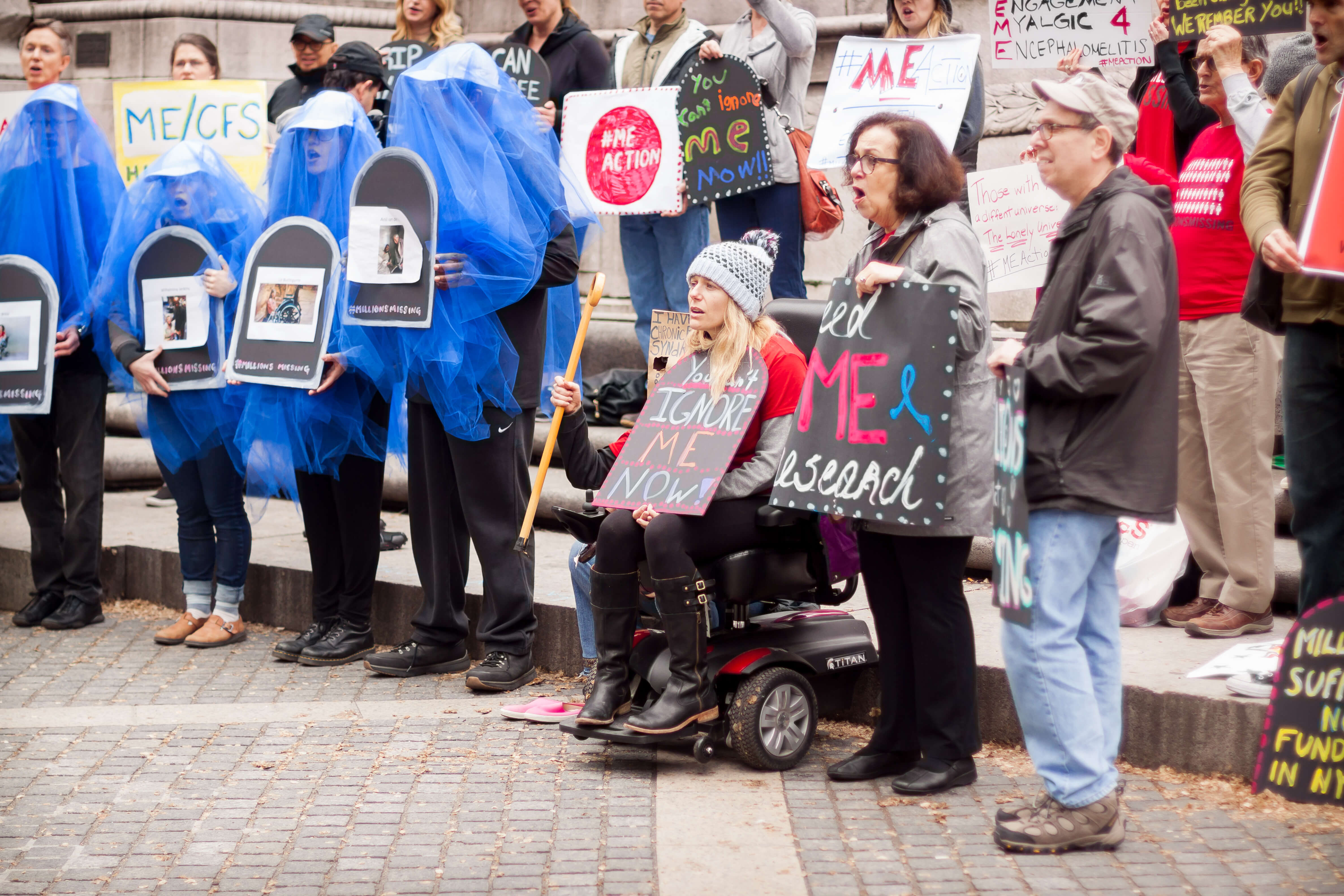
The activists fighting for health equality for sufferers of Myalgic Encephalomyelitis, or Chronic Fatigue Syndrome, put the rest of us to shame.
Sometimes it is hard to get started in activism. You might get overwhelmed because there are so many issues to fight. Finding resources for help can be difficult. And how do you find time in your already busy lives to support a cause?
As I’ve researched how people use their strengths for activism I have found inspiration in many stories, but Myalgic Encephalomyelitis activists have huge battles to fight because of their illness. I’m in awe of their persistence.
Current State of ME Advocacy
Myalgic Encephalomyelitis (ME), also known as Chronic Fatigue Syndrome (CFS), is a complex and debilitating condition that affects millions of people. ME remains largely misunderstood and underfunded, so advocacy is crucial to raising awareness of the condition, promoting research, and advocating for better patient care.
ME advocacy has made significant strides in recent years. To support health equality, there are now a number of active ME advocacy organizations around the world.
The Solve ME/CFS Initiative (Solve M.E.) is a non-profit organization that is dedicated to finding a cure for ME. Solve M.E. funds research, advocates for increased funding for ME research, and provides support to ME patients.
Fighting Against Terms Such as “Yuppie Flu”
One battle Myalgic Encephalomyelitis sufferers fight is the name itself. The history of this illness includes a variety of names, including Chronic Fatigue Syndrome. It took much work to challenge the names that trivialize the debilitating symptoms patients experience. Other negative terms such as “Yuppie Flu” implied that this was just a way that privileged people experienced burnout.
Derogatory terms are an issue because Myalgic Encephalomyelitis sufferers are fighting for people to recognize the disease as a genuine health problem, affecting millions, and worthy of research dollars.
Fighting for Acceptance of the Illness From the Medical Profession
Imagine having a disease that changes you from a healthy, successful citizen to a patient who cannot perform essential functions of life, and who cannot find proper medical care.
Battles include getting acceptance from medical professionals that sufferers are sick at all; disagreement exists in the medical profession about whether Myalgic Encephalomyelitis is a condition and how widespread it is.
Meanwhile, among medical professionals that accept it as a condition, there is disagreement on how to treat it.
Healthy people can get exhausted with navigating medical and insurance organizations. For patients with debilitating fatigue and other terrible symptoms of ME, the fight is daunting. Although the patients know they are severely ill, medical professionals accuse them of being lazy.
Fighting for Research on the Illness
Terri Wilder is a former activist for HIV and is now dealing with her own ME diagnosis.
If I end up really sick in the next few months or years it will not be because the disease or its complications made me sick,” she comments. “I’ll be getting sicker from government committees that won’t allow people like me (with ME) to sit at that table and help inform policies and programs that might actually save my life. We have a model allowing people like me at the table — people just refuse to use it. I know this because my friends with HIV have a seat at the table.
Patient Brian Vastag wrote an opinion letter in the Washington Post to ask for more funding for Myalgic Encephalomyelitis (ME.)
On the list of illnesses the NIH studies, ME is near the bottom in funding, ranked 231 out of 244. It received $5 million in 2014, less than hay fever, which cripples no one.
Vastag is also working to encourage Congress to approve $250 million for research.
ME and Creative Activism
Such severe symptoms of fatigue affect Myalgic Encephalomyelitis patients that they must sometimes choose between two tasks. Should I take a shower or fix a sandwich? As a result, the challenge of activism seems insurmountable. On the other hand, these patients don’t want to lose hope that they can again live a healthy, energetic life. So, at the intersection of illness and activism, you see creativity.
Social media opens up possibilities for activists who cannot get out of bed or speak.
Myalgic Encephalomyelitis Activist Jennifer Brea

Jennifer Brea is an activist whose story is a mixture of heartbreaking setbacks and amazing accomplishments.
She cofounded #MEAction, an online community for ME sufferers.
She has a touching TED talk you can view here, in which she describes how ME left her bedridden and unable to continue her Harvard doctoral studies.
In the documentary film Unrest, she spotlights the impact of ME on the lives of patients. As of October 2018, this film is streaming on Netflix. In response to the film, the ME community created #TimeforUnrest to connect and share with one another.
Update for 2023: Jennifer has had some improvements in her condition.
Myalgic Encephalomyelitis Activist Sue Klaus
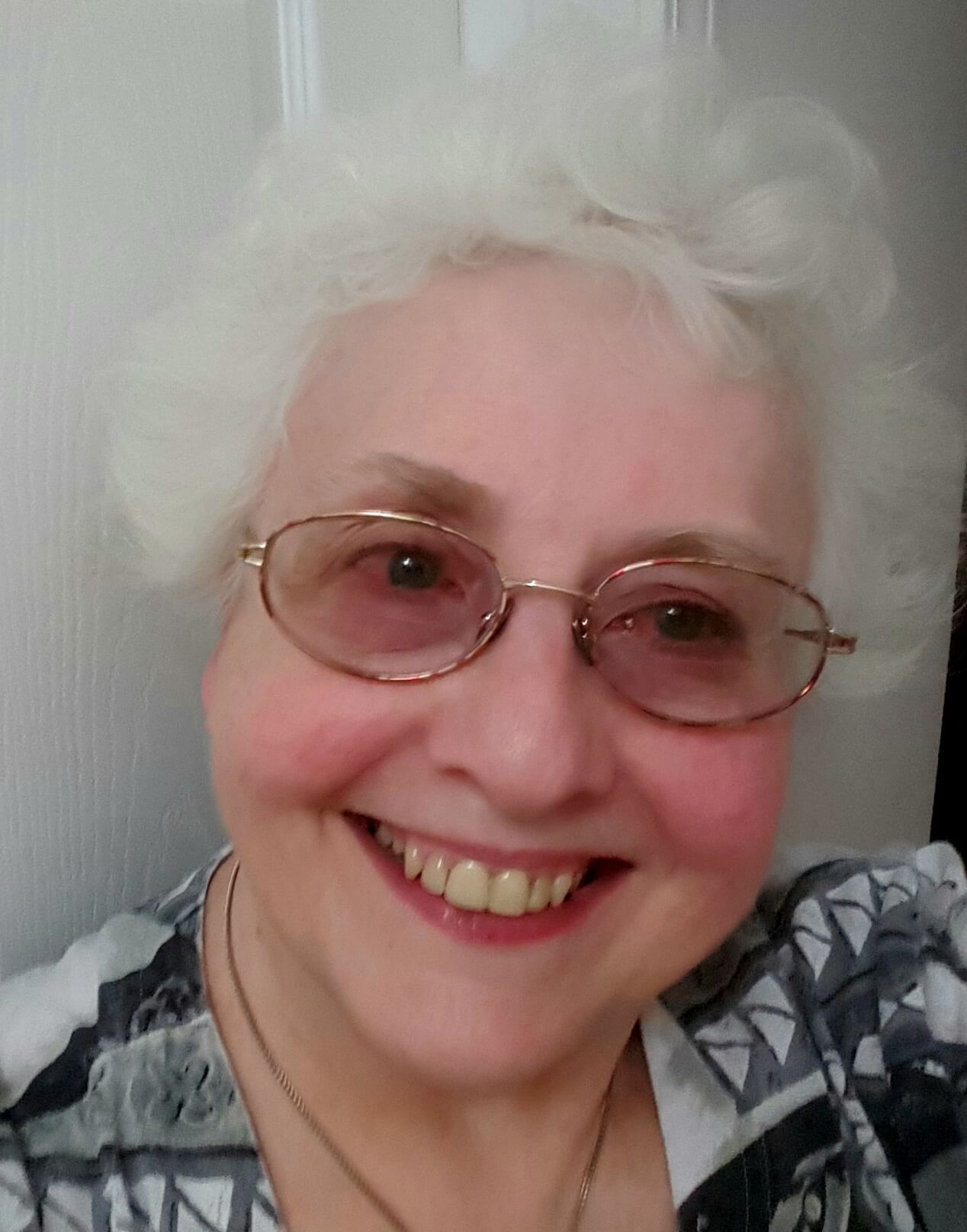
Sue Klaus was an activist before her diagnosis, marching against nuclear power and for peace.
After her 1983 diagnosis, she channeled her efforts into advocating for her condition.
At first, she organized support groups for ME sufferers, but few people showed up. She acknowledged that the illness makes it difficult for people to travel even short distances.
So, she channeled her advocacy toward online tools. The internet made it easier to find other ME patients and to connect. Using her background in theater, she made Awareness Month videos. She curates ME articles and videos and uses Twitter and Facebook to make them widely available.
In her hometown of Chicago, she forwards new research articles to select organizations like the AMA, Mayo, and Kaiser, to encourage better treatment and research in her city.
Myalgic Encephalomyelitis Activist Jessica Taylor-Bearman
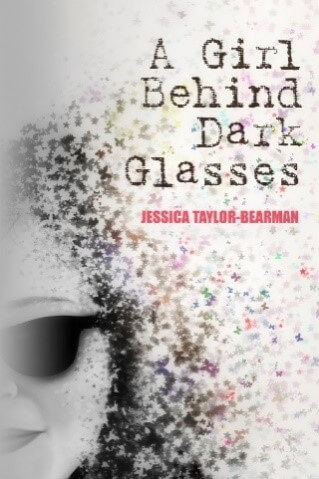
Activist Jessica Taylor-Bearman was bed-ridden, but that didn’t stop her from advocating for herself and other ME patients.
Struck with ME as a teenager, she was so debilitated she was hospitalized for years, unable to move or speak. When she improved, she wrote what she’d been creating in her mind while unable to move. She is the author of A Girl Behind Dark Glasses. Her goal in writing the book? To help ME sufferers have hope.
Jessica has experienced significant improvements in her health since her initial diagnosis in 2007. However, she has never fully regained her pre-ME health.
Jessica’s art plays a crucial role in her life. She expresses the experience of living with ME. Her work has been exhibited internationally, raising awareness of the condition and challenging stereotypes.
What You Can Do
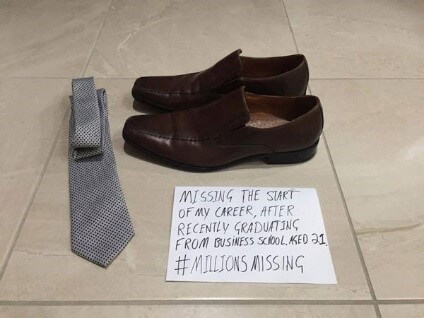
I hope the stories of activists fighting against the toughest of odds inspire you to try to make the world a better place.
To learn more about ME and Chronic Fatigue Syndrome and to get involved, go to MEAction.net. From this website, you can follow several campaigns:
The #MillionsMissing campaign highlights how diseases like ME cause patients to go missing – missing from work, social events, and activism. May 12, the international awareness day for ME, CFS, and other chronic immunological and neurological diseases.
The #BedFest campaign is beautiful and sad. Myalgic Encephalomyelitis patients display the art and music that they created from their beds.
#BelieveMe is a campaign to raise awareness about the impact of ME and change the “it’s all in your head” stigma.
Featured Image of Jennifer Brea and her husband in the desert. Credit: Jason Frank Rothenberg.
READ NEXT
Who are the Millions Missing? Learn More about ME and CFS
If these amazing activists have inspired you, follow these links for guidance on how to get started in activism.
Five steps to getting started in activism.
- What is your vision?
- What are your gifts?
- What’s in it for you?
- How can you match your gifts to the needs of the community?
- Are you making an impact?
Browse more examples of artistic activism.
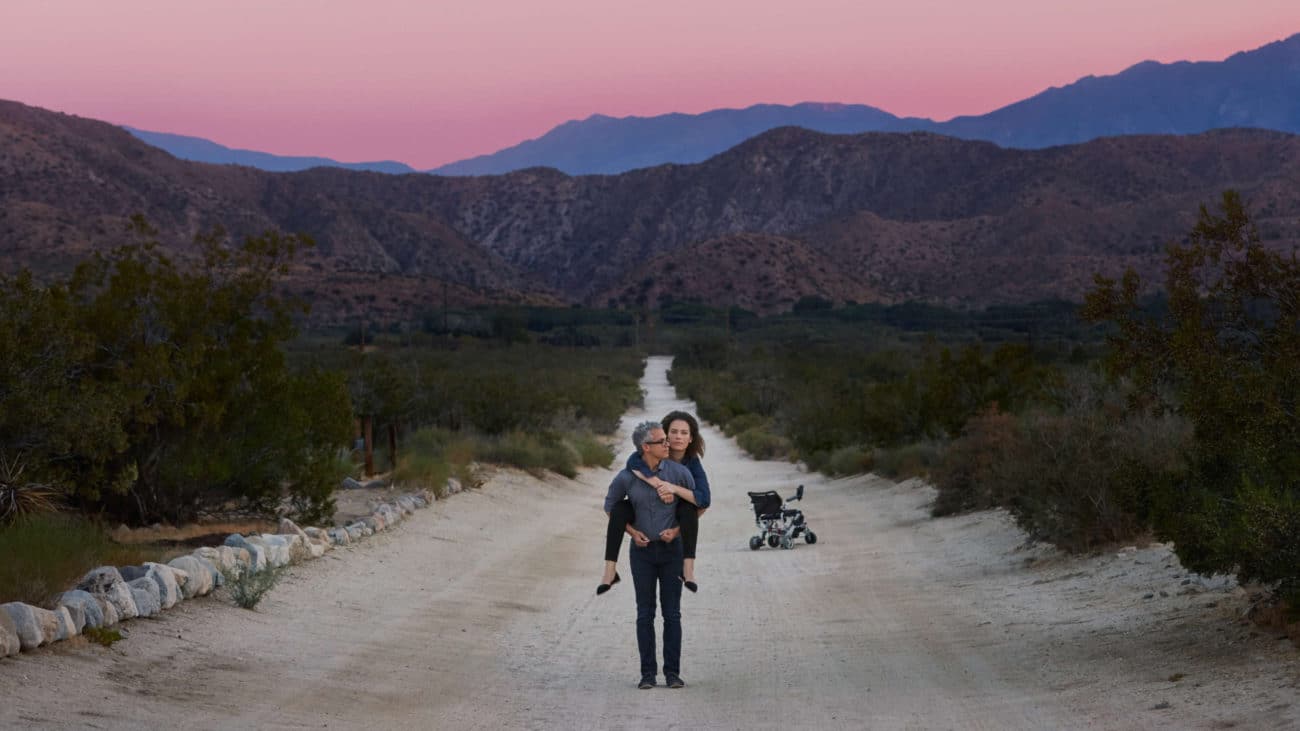


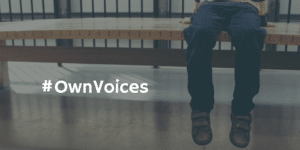
Pingback: SENIOR SALON ROUNDUP: October 1-5, 2018 ~ Esme Salon
I lost four years to chronic fatigue syndrome and began to feel like they changed the name of the disease every few years so that they (whoever “they” were) would feel like the were doing something. What the hell, we can’t cure it, change the name. I’ve been an activist in many ways, but during those years I was out of action. My hat’s off to anyone who can manage it while ill.
Ellen, thank you for sharing the impact of this on your life. I’m so sorry.
I do admire those in your post who are trying to bring about change. I do have to wonder if their limited energy would just as well be spent doing their own research into health and healing. The functional health institutes are discovering wonderful things in the autoimmune categories, brain health etc. etc. My daughter was semi-bedridden for over seven years with ‘ME’. She could not look after her children or go anywhere where there were people. Like your post, she had to choose one thing to do today and then be exhausted. She did research, contacted people, asked questions. Went to health clinics, tried everything she could, some helped others did not. She had lots of setbacks but she kept going searching and trying. 20 odd years later she is still searching. But bit by bit she has found what knocks her and what does not. Chemicals especially pesticides could make her unconscious. She kept doing research and found things to help her detox chemicals better and quicker. She now studies at university and works four days a week. Walks 2 miles to work and back each day. No amount of activism or name changing would have done that for her.
I am not saying activism is not useful, but choose where to spend your limited energy wisely, then you may have more energy to change the system.
Thanks for your perspective, Kathleen. It is hard to imagine what your daughter has experienced but I’m glad to hear she is feeling better. That is an amazing story.
Pingback: Who are the Millions Missing? • Life At the Intersection
Pingback: Get Inspired By Amazing Activists • Life At the Intersection
Pingback: How to Use Artistic Activism to Change the World
Pingback: Stigma: A Thorn in the Side of Mental Health Care